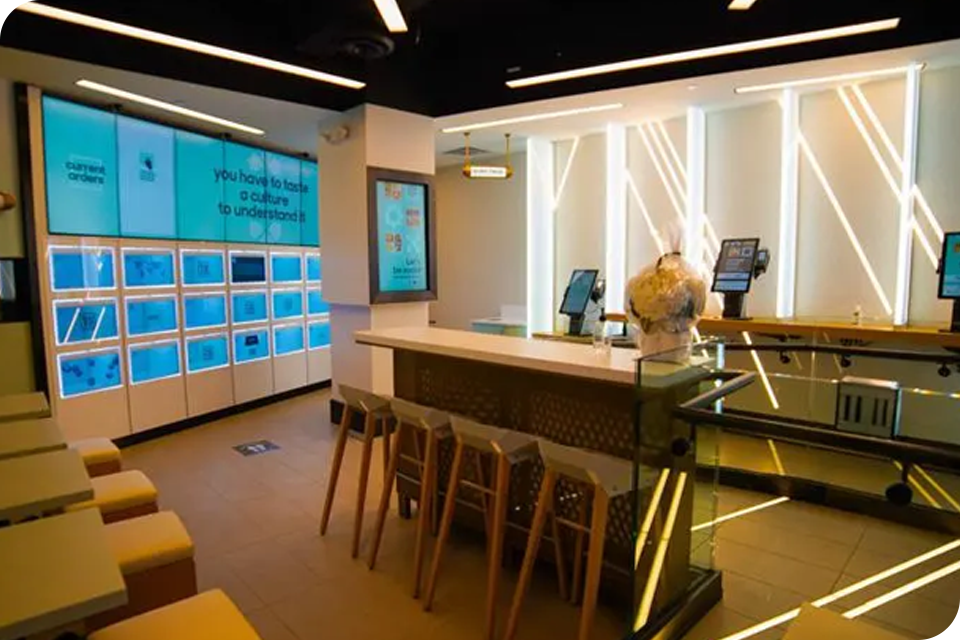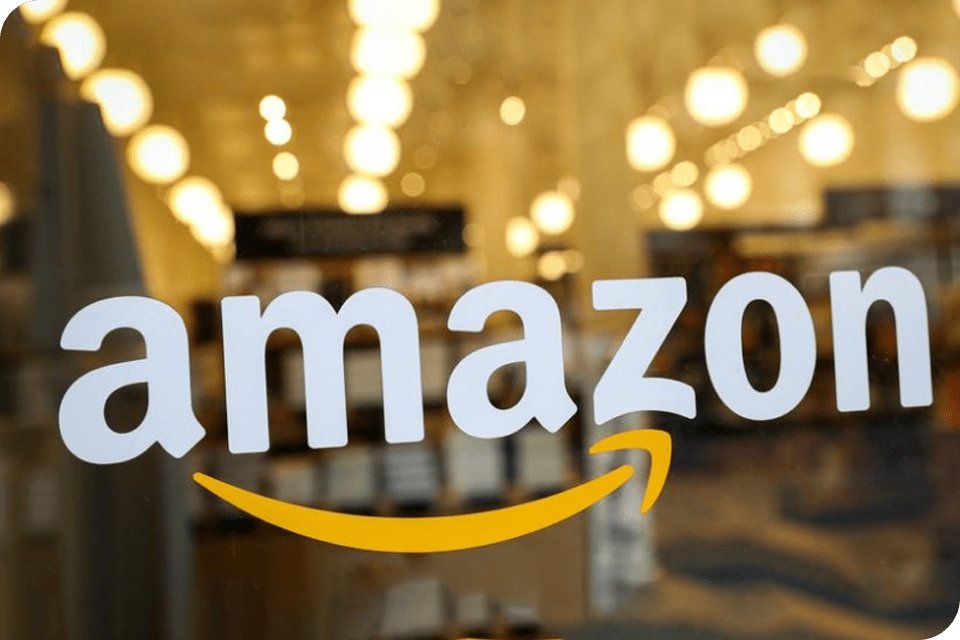Introduction:
As technology continues to advance, the restaurant industry is embracing automation to enhance efficiency, improve customer experience, and streamline operations. Automated systems and processes are revolutionizing the way restaurants operate, from order placement to food preparation and delivery. In this blog post, we will explore the growing trend of automation in restaurants and its impact on the industry as a whole.
- Automated Ordering Systems:
a. Self-Service Kiosks: Self-service kiosks allow customers to browse menus, customize their orders, and make payments without the need for human interaction. These kiosks reduce wait times, enhance order accuracy, and provide customers with a seamless and personalized ordering experience.
b. Mobile Ordering Apps: Restaurants are increasingly adopting mobile apps that enable customers to place orders directly from their smartphones. These apps offer convenience, loyalty rewards, and the ability to track orders in real-time, enhancing customer satisfaction and reducing staff workload.
- Kitchen Automation:
a. Robotic Food Preparation: Advanced robots are being employed in restaurant kitchens to automate repetitive tasks such as chopping, slicing, and food assembly. These robots improve consistency, reduce labor costs, and increase kitchen efficiency while maintaining food quality and safety standards.
b. Smart Appliances: Connected appliances equipped with artificial intelligence (AI) and Internet of Things (IoT) technology are transforming kitchen operations. Intelligent ovens, grills, and fryers can adjust cooking times and temperatures automatically, ensuring consistent food quality and reducing the risk of human error.
- Delivery and Logistics:
a. Automated Delivery Vehicles: Self-driving vehicles or drones are being tested for restaurant food delivery, offering faster and more efficient transportation. These vehicles are equipped with GPS tracking and temperature control systems, ensuring that food arrives fresh and on time.
b. Order Management Systems: Automated order management systems integrate with online platforms, allowing seamless order processing, tracking, and coordination between the kitchen, delivery drivers, and customers. These systems optimize delivery routes and minimize errors, enhancing overall efficiency.
- Inventory Management:
a. RFID and Barcode Technology: Automated inventory management systems utilize RFID tags and barcodes to track inventory levels in real-time. This enables accurate stock management, automatic reordering, and reduces the risk of inventory discrepancies or shortages.
b. Predictive Analytics: Machine learning algorithms can analyze historical sales data, customer trends, and seasonal fluctuations to predict inventory requirements accurately. By automating inventory forecasting, restaurants can minimize waste, optimize purchasing decisions, and improve cost control.
- Enhancing Customer Experience:
a. Personalized Recommendations: Utilize customer data collected through loyalty programs or order history to offer personalized recommendations. Automated systems can analyze customer preferences and suggest menu items or promotions tailored to individual tastes.
b. Tableside Technology: Deploy tablets or handheld devices for tableside ordering and payment processing. This allows servers to spend more time engaging with customers, providing recommendations, and delivering exceptional service.
Conclusion:
Automation is transforming the restaurant industry by streamlining operations, improving efficiency, and elevating the customer experience. From self-service kiosks and mobile ordering to robotic kitchen assistants and data-driven analytics, automation technologies offer significant benefits to restaurants of all sizes. By embracing automation, restaurants can reduce costs, increase productivity, minimize errors, and deliver exceptional dining experiences that keep customers coming back. As the industry continues to evolve, integrating automation into restaurant operations will be essential for staying competitive and meeting the changing demands of modern consumers.







